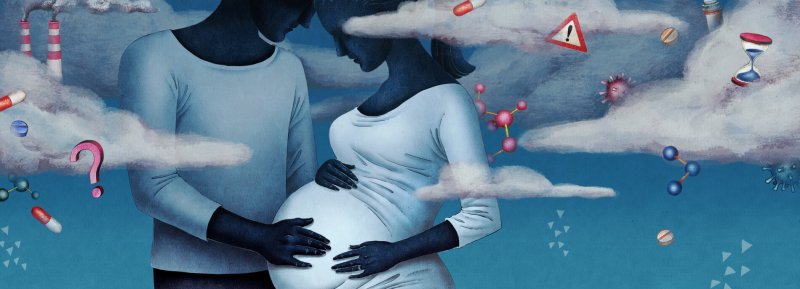The relative contributions of genetic and environmental factors to autism and traits of the condition have held steady over multiple decades, according to a large twin study.
Among tens of thousands of Swedish twins born over the span of 26 years, genetic factors have consistently had a larger impact on the occurrence of autism and autism traits than environmental factors have. The study suggests that genetics account for about 93 percent of the chance that a person has autism, and 61 to 73 percent of the odds she shows autism traits.
The figures fall in line with previous work that shows genetics exert an outsized influence on autism odds. The findings also indicate that environmental factors are unlikely to explain the rise in autism prevalence. Otherwise, their contribution to autism among the twins would have also risen over time.
“I think the relative consistency of the genetic and environmental factors underlying autism and autism traits is the most important aspect of this work,” says Mark Taylor, senior research specialist at the Karolinska Institutet in Stockholm, Sweden, who led the study. “Prior to our study, there had been no twin studies examining whether the genetic and environmental factors underlying autism had changed over time.”































